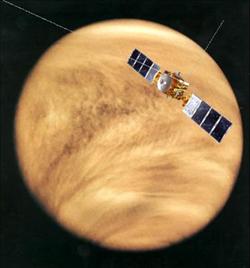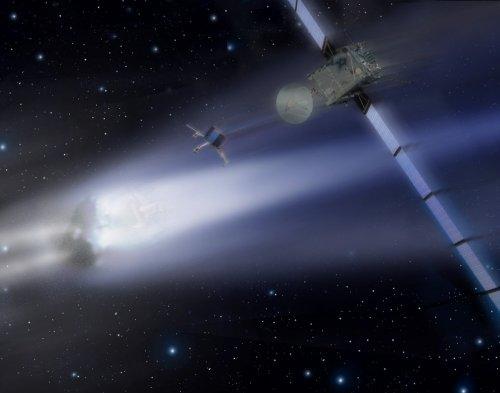Europe’s vision of future space exploration is alive, well, and focused, says Gerhard Schwehm, head of planetary science at ESA, the European Space Agency. The fifteen member nations of ESA have ambitious goals for the decade 2015 to 2025. To meet those goals, they have established several overarching themes.
“We used to call for mission ideas,” says Schwehm, “but now we approach new projects by the use of science themes.” The themes that define ESA’s exploration and funding strategy include understanding the conditions for life and planetary formation; how the solar system works; and determining the universe’s composition, fundamental laws, and origin.
Searching for life on Mars is also a major science goal. Studies for Mars landers, orbiters, and rovers are being carried out following the highly successful Mars Express now orbiting the Red Planet. One advanced concept envisions deploying a network of balloons to study martian atmospheric dynamics as well as detailing surface features from low altitude.
A sample-return mission is also an important objective in ESA’s plans. The comet sample-return mission Rosetta is already winding its way toward Comet 67P/Churyumov-Gerasimenko. After a 12-year voyage, the spacecraft will rendezvous with its target in 2014.
LISA Pathfinder will launch in 2008. This mission is a precursor to and technological test bed for ESA and NASA’s Laser Interferometer Space Antenna (LISA), set for launch in 2013 to detect gravity waves. Albert Einstein’s theory of general relativity predicts gravity waves, and their detection will help astronomers understand the universe’s structure.
These are only a few of the many missions ESA has planned. For more on these and other science missions under development, visit ESA’s site .











